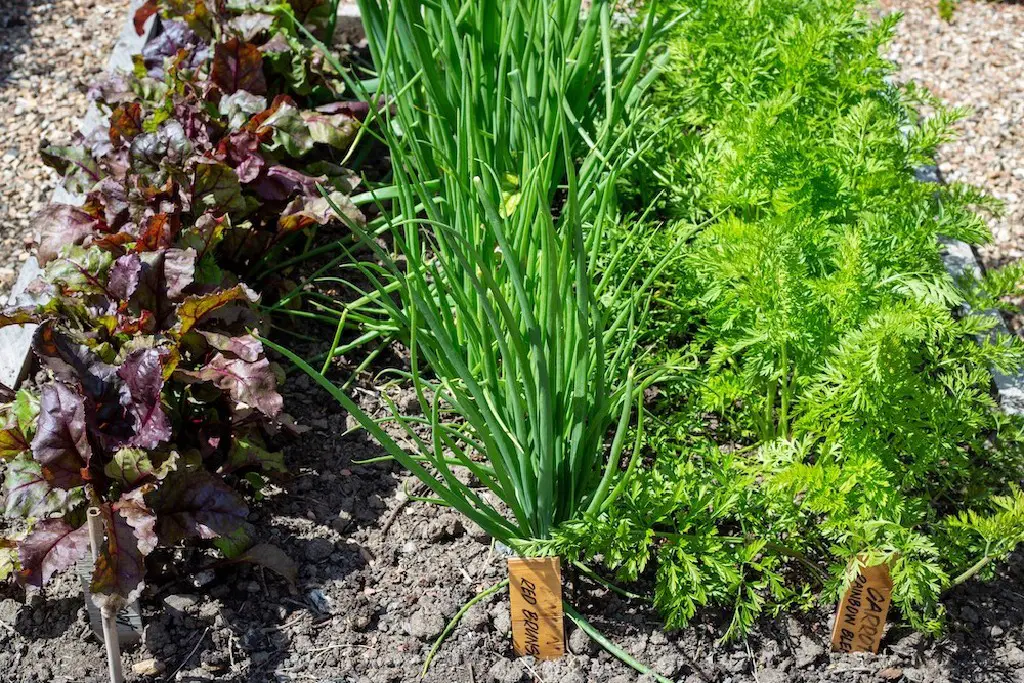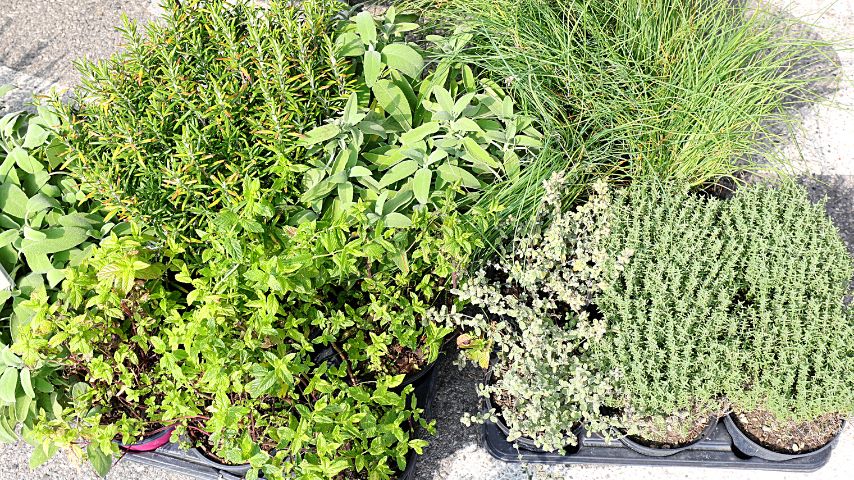Sage: The Miracle Companion Plant That Can Do It All
Sage: The Miracle Companion Plant That Can Do It All
Sage is a versatile herb that has been used for centuries for its culinary, medicinal, and pest-repelling properties. It is also a valuable companion plant, meaning that it can benefit the growth and health of other plants in your garden.
In this blog post, we will explore the many benefits of sage as a companion plant. We will also discuss how to choose the right type of sage for your garden, how to plant and care for it, and how to use it to attract beneficial insects and deter pests.
Benefits of Sage as a Companion Plant
Sage can benefit the growth and health of other plants in your garden in a number of ways. For example:
- Attracts beneficial insects. Sage attracts a variety of beneficial insects, such as ladybugs, lacewings, and parasitic wasps. These insects help to control pests, such as aphids, spider mites, and whiteflies.
- Deters pests. Sage's strong scent can deter a variety of pests, such as cabbage moths, tomato hornworms, and cucumber beetles.
- Improves soil quality. Sage is a nitrogen-fixing plant, which means that it can help to improve the nitrogen content of your soil. This can benefit the growth of other plants in your garden.
- Discourages root rot. Sage's essential oils can help to discourage root rot, a fungal disease that can damage plants.
How to Choose the Right Type of Sage
There are many different types of sage, but the most common ones for companion planting are:
- Common sage (Salvia officinalis). This is the most familiar type of sage and is known for its culinary and medicinal properties. It is a hardy perennial that can grow in USDA zones 5-10.
- Spanish sage (Salvia lavandulaefolia). This type of sage is also known as clary sage and has a strong, citrusy scent. It is a tender perennial that can grow in USDA zones 7-10.
- Mexican bush sage (Salvia leucantha). This type of sage is also known as mealycup sage and has beautiful purple flowers. It is a tender perennial that can grow in USDA zones 8-11.
How to Plant and Care for Sage
Sage is relatively easy to plant and care for. It prefers full sun and well-drained soil. It can be planted in the spring or fall. When planting sage, space the plants about 18 inches apart.
Sage does not require a lot of water. Water it regularly during the first year after planting, but once it is established, it can tolerate some drought. Fertilize sage once a year in the spring with a balanced fertilizer.
How to Use Sage as a Companion Plant
Sage can be planted near a variety of different plants, but some of its best companions include:
- Tomatoes. Sage helps to deter tomato hornworms and other pests.
- Carrots. Sage helps to improve the flavor of carrots.
- Cucumbers. Sage helps to deter cucumber beetles.
- Beans. Sage helps to attract beneficial insects that help to control pests.
- Roses. Sage helps to deter aphids and other pests.
Conclusion
Sage is a versatile herb that can benefit the growth and health of other plants in your garden. It is a valuable companion plant that can attract beneficial insects, deter pests, and improve soil quality. If you are looking for a way to improve your garden, consider adding sage to your list of plants.
Sage is a versatile herb that can be used in cooking, medicine, and even as a companion plant. As a companion plant, sage can help to repel pests, attract beneficial insects, and improve the flavor of other plants. Some of the best companion plants for sage include:
- Brassicas: Sage can help to repel cabbage moths, cabbage loopers, and other pests that target brassicas.
- Carrots: Sage can help to repel carrot rust flies, which can damage carrots.
- Strawberries: Sage can help to deter pests and enhance the flavor of strawberries.
- Tomatoes: Sage can help to repel flea beetles and attract beneficial insects to tomato plants.
- Rosemary: Sage and rosemary are both Mediterranean herbs that enjoy similar growing conditions. They can be safely planted together and can even help to improve each other's flavors.
If you're interested in learning more about sage as a companion plant, I recommend visiting Gardenia Inspiration. This website has a wealth of information on companion planting, including a specific section on sage. You can also find helpful tips on how to plant and care for sage, as well as recipes and medicinal uses for this versatile herb.
FAQ of sage as a companion plant
- What are some good companion plants for sage?
Sage is a great companion plant for many other vegetables and herbs. Some of its best companions include:
* Brassicas: Sage repels cabbage moths, cabbage loopers, cabbage maggots, cabbage worms, and black flea beetles, all of which attack brassicas. So, planting sage near cabbage, broccoli, Brussels sprouts, kale, and kohlrabi can help to protect these plants from pests.
* Carrots: Sage repels carrot rust flies. So, planting sage near carrots can help to protect these plants from this pest.
* Strawberries: Sage can help deter pests and enhance strawberry flavor. So, planting sage near strawberries can help to improve the taste of your strawberries and protect them from pests.
* Tomatoes: Sage repels flea beetles and attracts beneficial insects to tomato plants. So, planting sage near tomatoes can help to protect these plants from pests and improve their pollination.
* Rosemary: Sage is one of the few herbs that grow well with rosemary. So, planting these two herbs together can create a beautiful and fragrant garden.
- What plants should not be planted near sage?
While sage is a good companion plant for many other plants, there are a few that should be avoided. These include:
* Cucumbers: Sage and other aromatic herbs can stunt cucumbers' growth (oregano is the exception).
* Alliums: Onions, leeks, garlic, shallots, and chives prefer moist soil, which won't work for sage.
- What are the benefits of planting sage as a companion plant?
There are many benefits to planting sage as a companion plant. Some of these benefits include:
* Pest control: Sage can help to repel a variety of pests, including cabbage moths, carrot rust flies, flea beetles, and cabbage loopers.
* Disease prevention: Sage can help to prevent some diseases, such as powdery mildew.
* Improved growth: Sage can help to improve the growth and vigor of other plants.
* Enhanced flavor: Sage can enhance the flavor of other plants, such as tomatoes and strawberries.
* Attraction of beneficial insects: Sage can attract beneficial insects, such as ladybugs and hoverflies, which help to control pests.
- How far apart should sage plants be planted?
Sage plants should be spaced about 18-24 inches apart. This will give them enough room to grow and spread.
- How much sun does sage need?
Sage needs full sun to partial shade. It will not do well in full shade.
Image of sage as a companion plant
- Sage and tomatoes: Sage repels tomato hornworms, which are a common pest of tomatoes.
- Sage and roses: Sage repels aphids and other pests that can damage roses.
- Sage and lavender: Sage and lavender both attract beneficial insects, such as ladybugs and hoverflies, which help to control pests.

- Sage and carrots: Sage repels carrot flies, which are a common pest of carrots.

- Sage and beans: Sage helps to improve the flavor of beans.

Post a Comment for "Sage: The Miracle Companion Plant That Can Do It All"